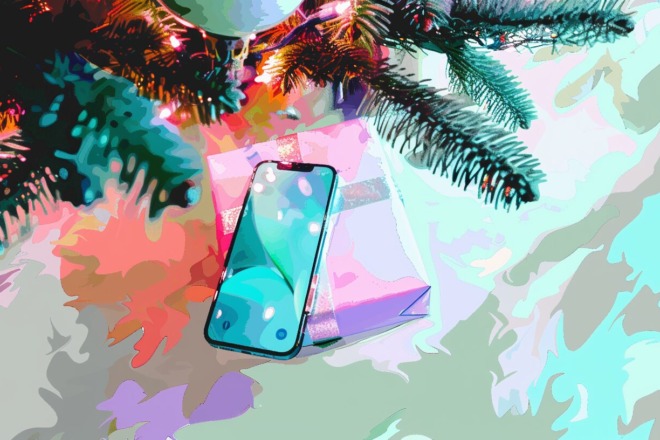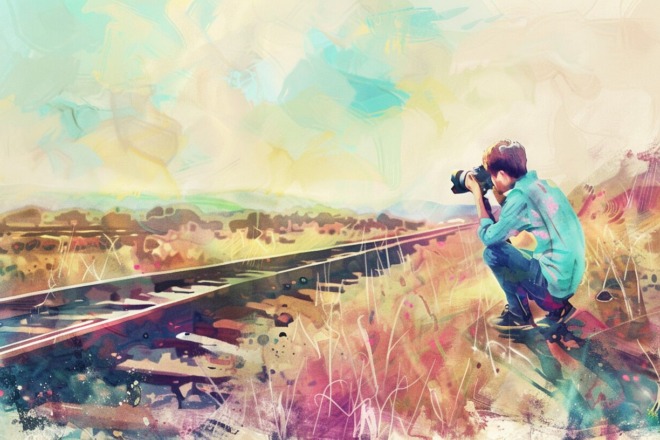If you’re new to photography or haven’t used a lightbox before, you might have many questions about the process. Just how do you take pictures with a lightbox, which is also called a photo tent? When do you need to use one? What is the best photo lightbox setup to get?
With the growing popularity of e-commerce, more people use these devices to take images of small items for product descriptions. eMarketer predicted United States consumers would spend about $709.78 billion online this year. The numbers increased by 18%, which might be due to more people staying at home and ordering via the internet.
Perhaps you’re selling your products on Etsy or Amazon. Maybe you’re a photographer looking to expand your range of commercial photography. You might use an expensive DSLR camera and tripod. On the other hand, you may take snapshots with your new iPhone. Whatever your reasons and methods, learning how to use a lightbox adds another useful element to your skills. Here are some of the best tips to find the right equipment and learn how to use it:
1. Pick a Lightbox
The best lightbox for your needs is one large enough to capture the products effectively, plus meet your budget. You can even make your own at home using a cardboard box, poster paper and clear packing tape. You can light the box with two desk lamps. There is a range of materials and price ranges to select from. You don’t have to spend a fortune to find something reliable.
2. Select a Sturdy Surface
Find a table or counter where you can place your photo tent. The floor isn’t always a convenient choice, because you’ll have to lay on your stomach to take shots. That’s fine for one or two images, but this becomes uncomfortable for extended periods. If you take shots over several days, locate the lightbox somewhere you can shut it away when not using it. Otherwise, a pet or child might disrupt the perfect setup.
3. Choose the Best Backdrop
Commercial photo tents come with several backdrop options. The most common ones are red, green, white and black. You can certainly choose a different background, though. Food photographers often use wood to replicate a picnic or kitchen table. Jewelry shots tend to be on plain black or white. Think about the mood you want to set and choose an appropriate background.
4. Check for Seams
One problem with some commercial lightbox setups is the appearance of seams. The last thing you want is a seam going across your background. You want the backdrop to blend, so it must appear blemish-free. The material should extend to the front of the tent.
5. Light From Each Side
One mistake amateurs make is trying to illuminate the container from the front or top. Ideally, you need to brighten both the right and left sides of the photo tent. Equal distribution removes harsh shadows and gives you the perfect balance of light for your photograph.
6. Prep the Product
Thoroughly clean the object you want to showcase. Remove any dust, dirt or fingerprints. Make sure there aren’t any flaws in the product. You want users to see it positively. Flaws only harm your selling efforts. Use the lightbox to create the perfect lighting conditions, and promote the product to showcase the benefits of buying.
7. Use the Rule of Thirds
In art, there is a concept called the rule of thirds. It involves where you place an object in the frame to add interest and draw attention. You divide the viewable area into three lines horizontally and vertically, which gives you a grid. The main object should appear in either the bottom, top, right or left third. Following this concept allows you to place the image perfectly. You may need to experiment with the photo tent to ensure you have a seamless background in the shot.
8. Take Test Shots
Before you start snapping away, set things up. Take some test shots using different settings on your phone or camera. If you’re using a tripod, which allows for less shake in your photos, set it up now. Even if you’re using a smartphone, a small tripod lends stability to the photograph. Take notes on which settings look best. Of course, you can fix some things in editing, but you want to eliminate shadows now. Making sure your focus is clear is also vital.
9. Distance the Lights
Even with a lightbox, you may get harsh shadows if you don’t place the lights just right. Invest in professional studio quality spotlights when you can afford it. They come with filters to help you mimic natural daylight. If you still get shadows with your photo tent, you may have the lamps too close to the tent. Put a little distance between the side of the box and the light. See if this added space removes the harshness.
10. Stick on Painter’s Tape
If you are lucky enough to have a small studio or office space of your own, mark the locations for next time. You can save a lot of testing and setup time by marking a table with painter’s tape for tripod placement. Also, mark where the lights go and where the box resides. Instead of having to shoot multiple test shots, you simply place the objects where they go. Markers can save you a ton of time on the next photo shoot.
11. Keep a Lint Roller on Hand
When working with dark backgrounds, you’ll notice little pieces of lint here and there. Keep a roller nearby so you can tidy up your backdrop between shoots. The last thing you want is the perfect photo with a piece of cat or dog hair included. If you’re using a slick backdrop, a small blower that you use on computer keyboards works well.
12. Use a Timer or Remote Release
Want to ensure your camera is entirely steady? You can reduce any risk of shake at all by removing your hands and using only the tripod. Set your smartphone or DSLR camera on a timer or use a remote shutter release. Using a tripod and controller improves your photos’ clarity, giving them an added edge.
Take Your Photos to the Next Level
Whether you want to take images of your unique creations or snap photos for others, a lightbox enhances what you’re already doing. Remove harsh shadows and imperfections in your pictures. A photo tent allows you to take studio-quality photos without the expense of a professional space.
About The Author
Eleanor Hecks is the Editor-in-Chief of Designerly Magazine, an online publication dedicated to providing in-depth content from the design and marketing industries. When she's not designing or writing code, you can find her exploring the outdoors with her husband and dog in their RV, burning calories at a local Zumba class, or curled up with a good book with her cats Gem and Cali.
You can find more of Eleanor's work at www.eleanorhecks.com.


